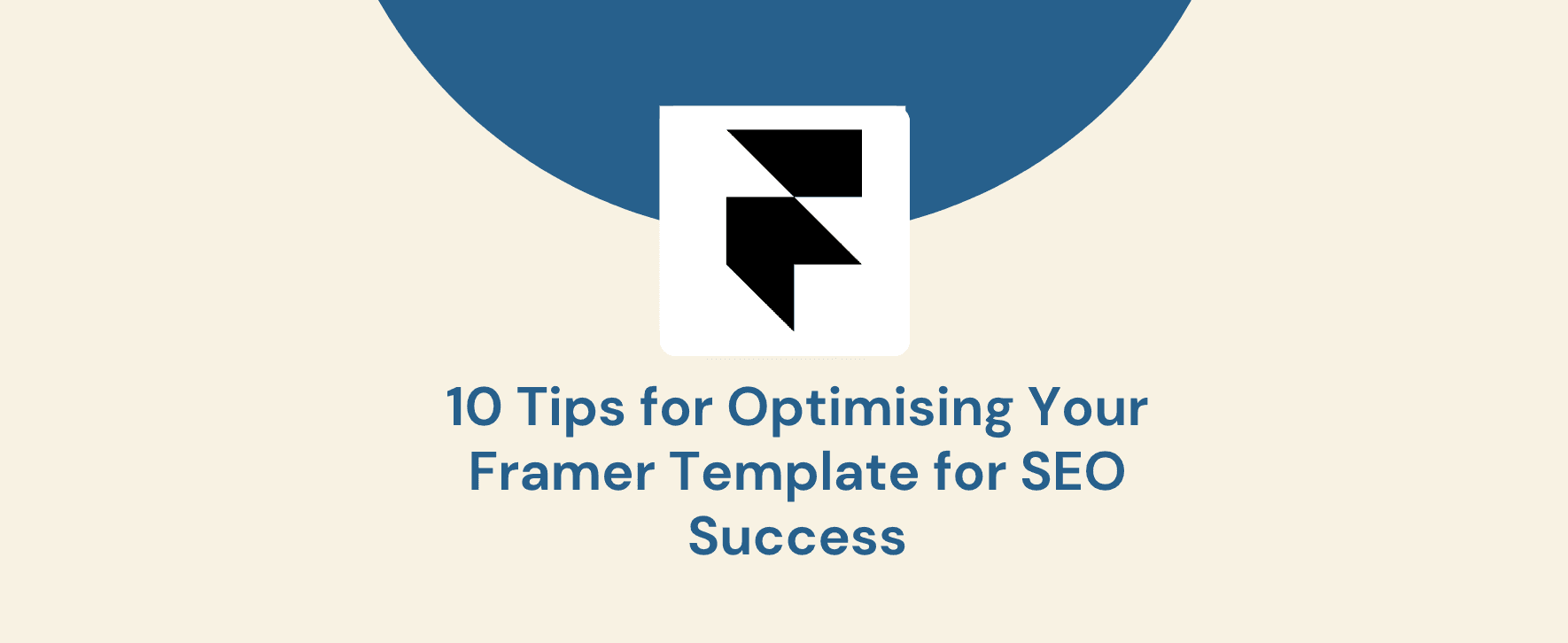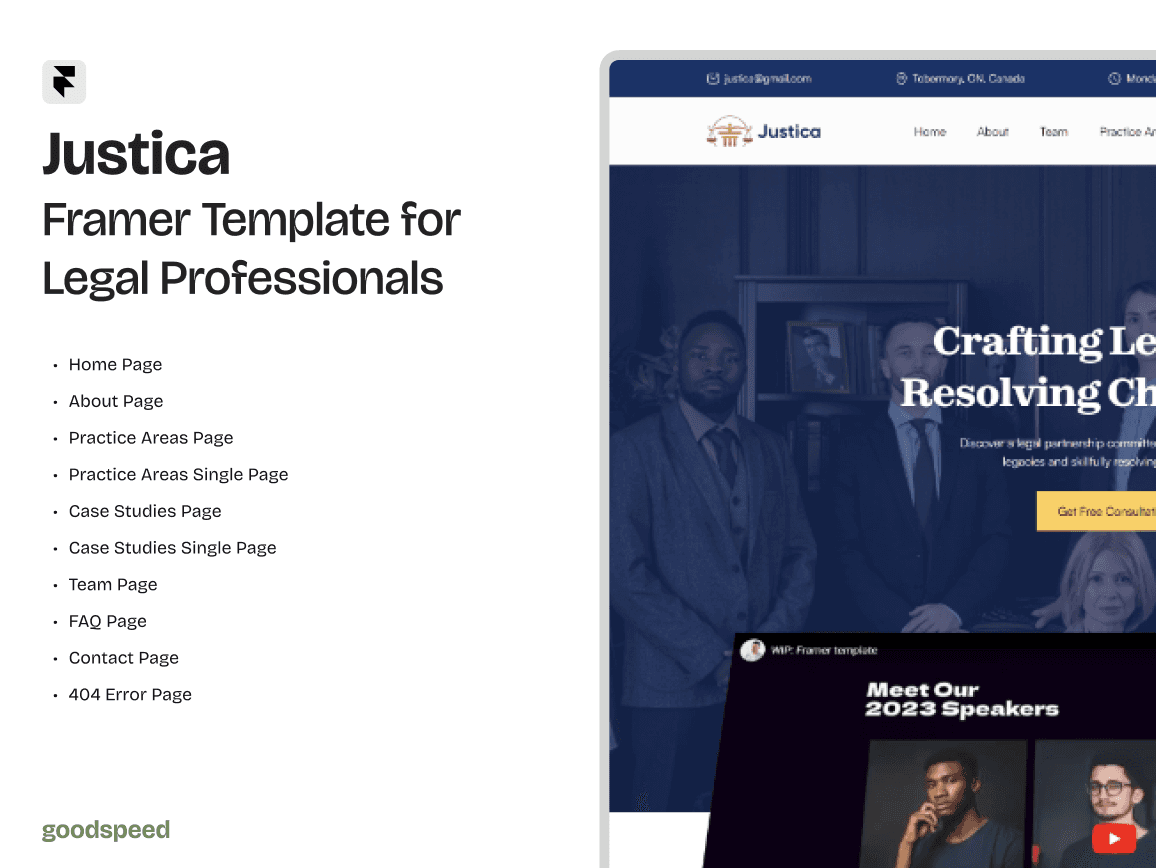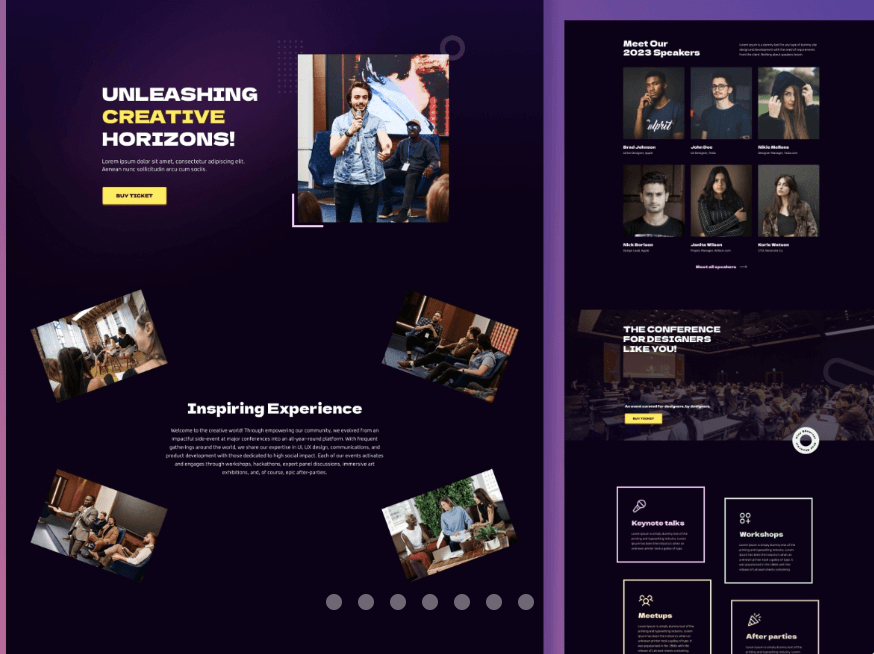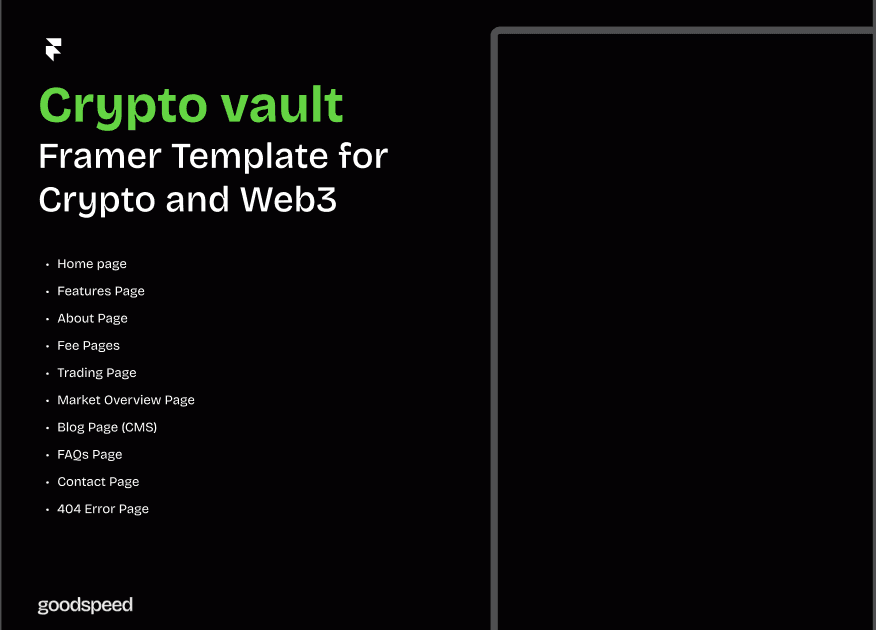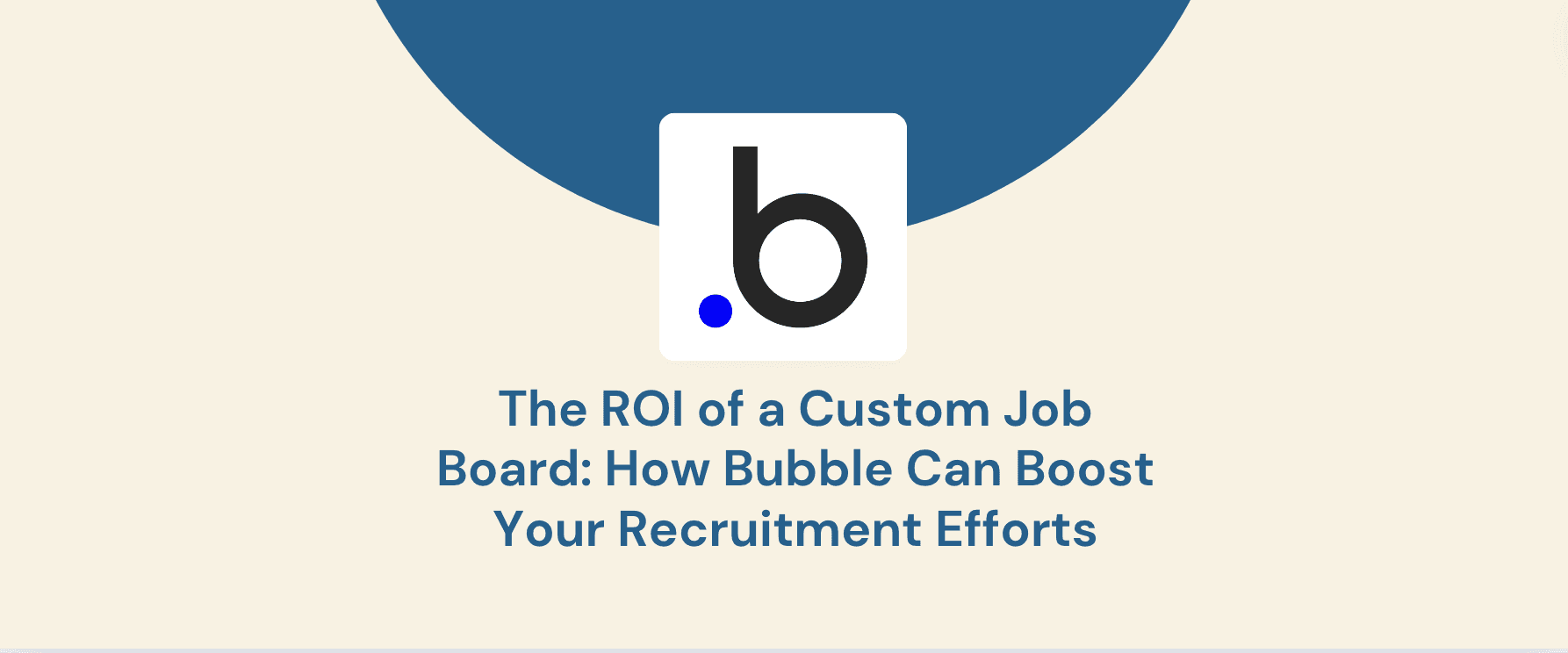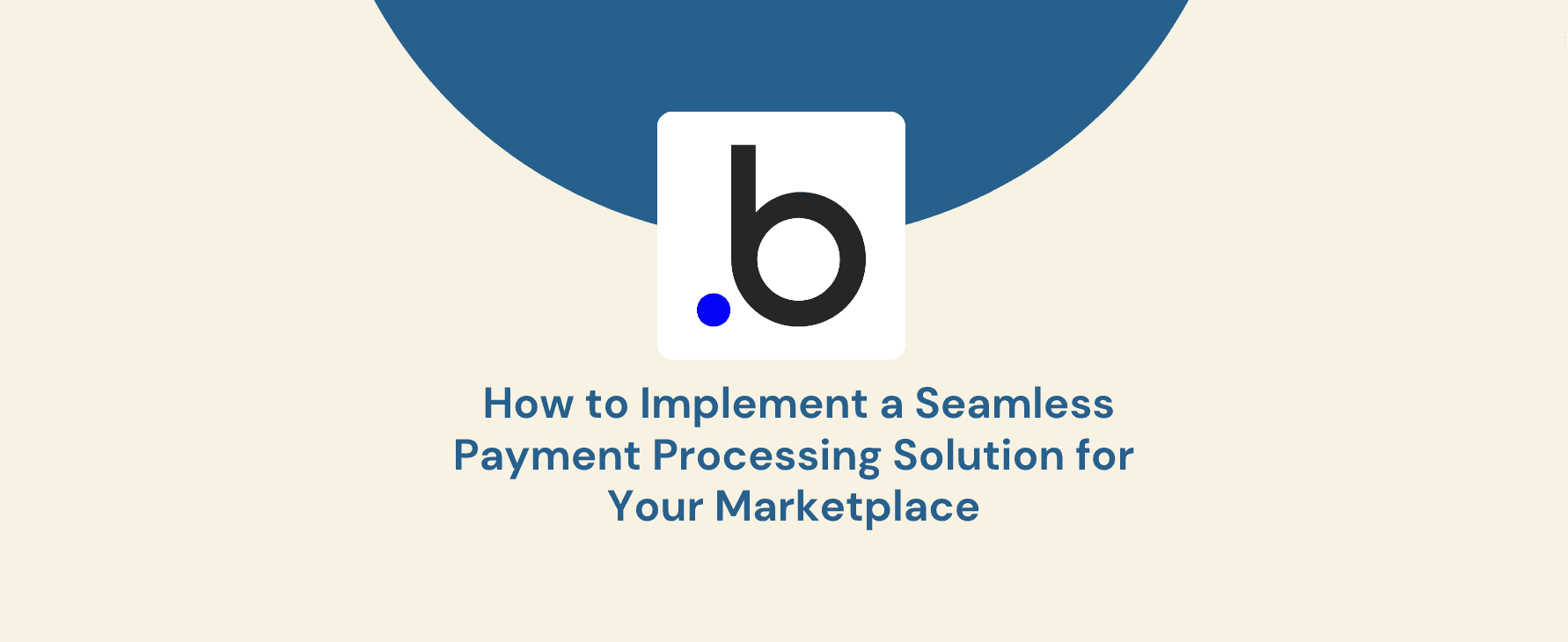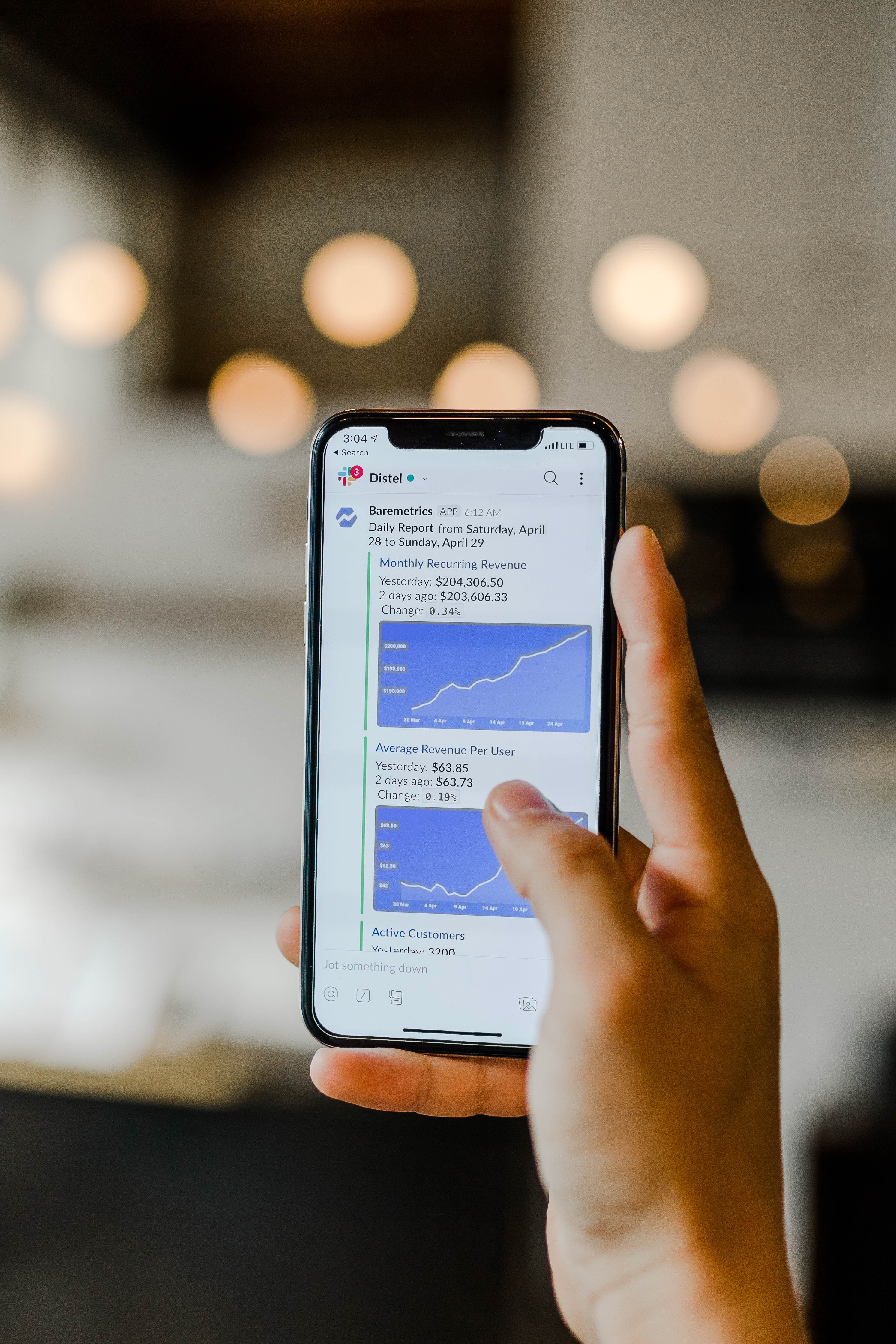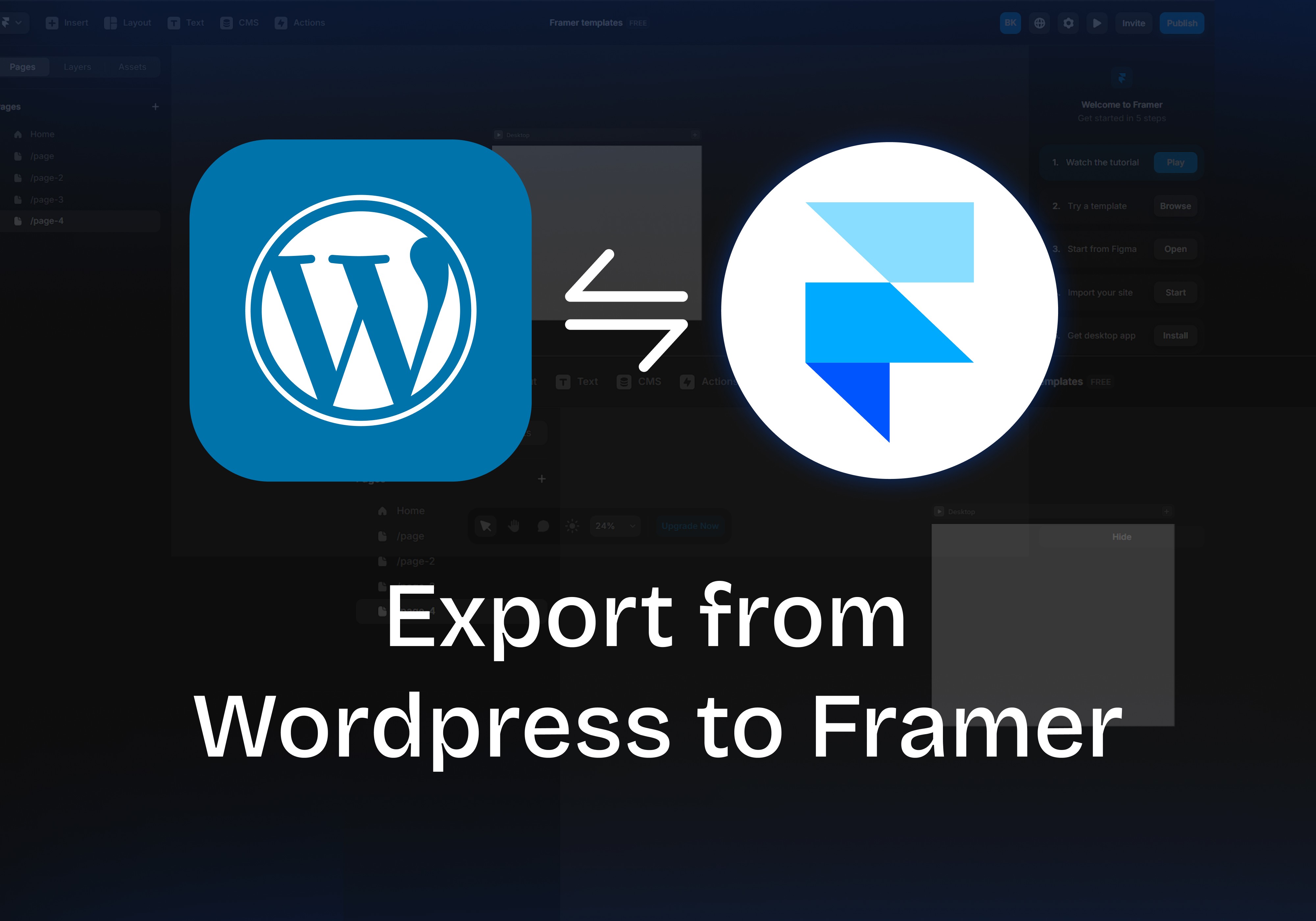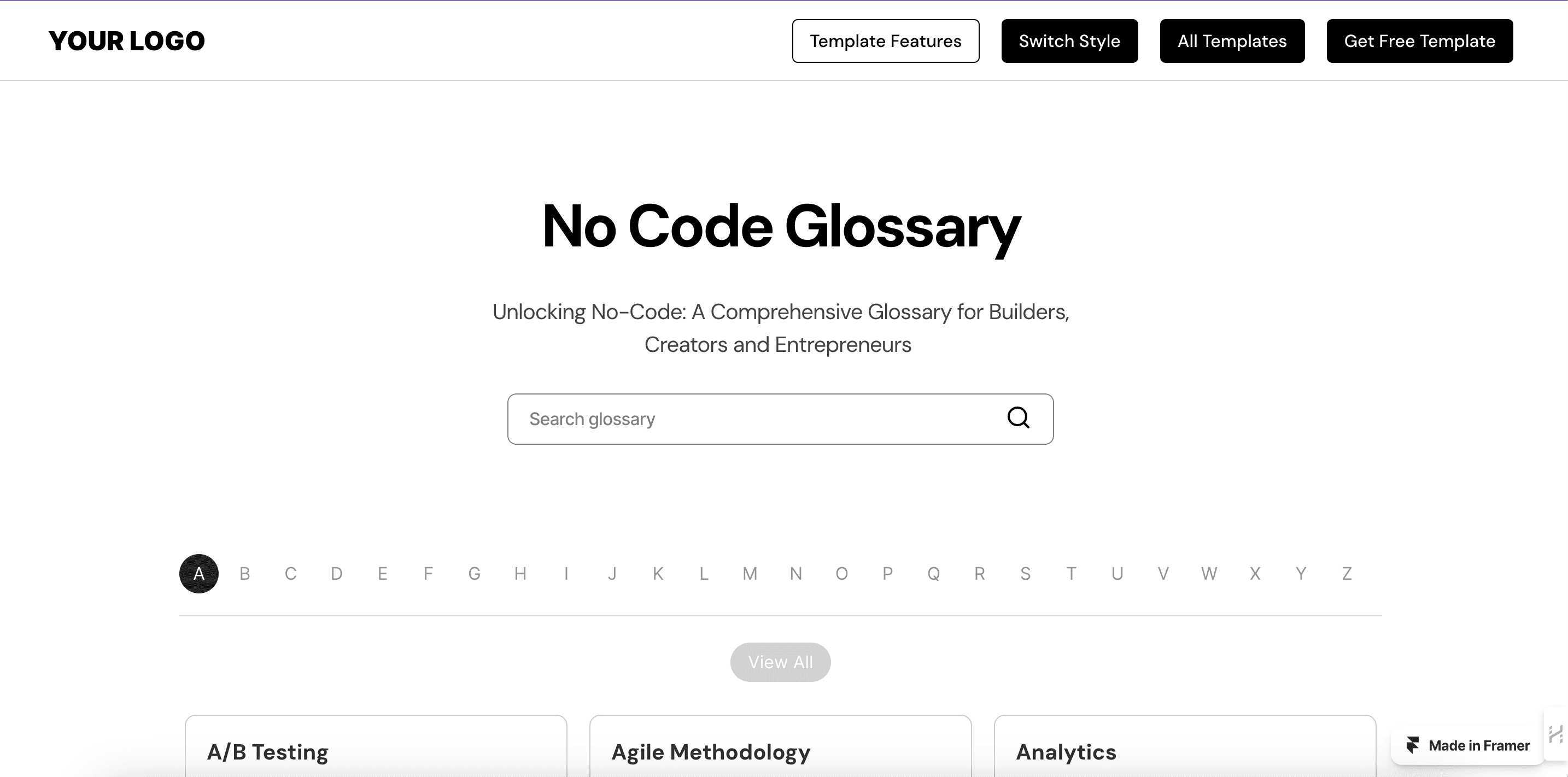Table of Contents
Framer, a powerful web design tool, has gained immense popularity among designers and developers. Beyond creating visually stunning websites, it's crucial to ensure these Framer templates are optimised for search engines to reach a wider audience. This article will delve into 10 essential tips to optimise your Framer template for SEO success.
SEO (Search Engine Optimization) is the practice of improving a website's visibility and ranking in search engine results pages (SERPs) like Google. By optimising your Framer template, you can increase organic traffic, attract potential customers, and enhance your online presence.
Tip 1: Choose the Right Template Foundation
A robust template foundation is the cornerstone of SEO-friendly Framer templates. Selecting the right framework or library can significantly impact your site's performance, accessibility, and search engine optimization.
Mobile-First Approach:
Given the increasing number of mobile users, it's essential to prioritise a mobile-first approach. Opt for a template framework that is responsive and adapts seamlessly to different screen sizes. This ensures a positive user experience and improves your search engine rankings.
Popular Frameworks and Libraries:
Consider using popular frameworks like React, Vue, or Angular to build your Framer template. These frameworks offer a structured approach, reusable components, and built-in optimization features, making it easier to create SEO-friendly websites.
Additional Considerations:
Performance: Choose a framework that is known for its speed and efficiency to enhance page loading times.
Accessibility: Ensure the framework supports accessibility standards like WCAG to make your website inclusive for all users.
SEO Features: Look for frameworks that provide built-in SEO features or plugins to simplify the optimization process.
By laying a strong foundation with the right template framework, you set the stage for a successful SEO strategy.
Tip 2: Optimise Your Page Titles and Meta Descriptions
Page titles and meta descriptions are crucial elements that appear in search engine results. They provide a brief summary of your page's content and entice users to click through.
Creating Compelling Titles:
Keyword Inclusion: Incorporate relevant keywords naturally into your page titles to improve search engine visibility.
Clarity and Conciseness: Keep your titles clear, concise, and informative. Avoid overly long or generic titles.
Uniqueness: Ensure each page has a unique and descriptive title to avoid duplicate content issues.
Writing Effective Meta Descriptions:
Keyword Relevance: Include your target keywords in the meta description to improve search engine rankings.
Call to Action: Encourage users to click through by adding a compelling call to action.
Summary of Content: Briefly summarise the key points of your page's content.
Examples:
Page Title: "Best Framer Templates for Ecommerce Websites | Design Inspiration"
Meta Description: "Discover top-rated Framer templates to create stunning online stores. Get inspired by these professionally designed templates and boost your sales."
By optimising your page titles and meta descriptions, you can improve your click-through rates and increase organic traffic to your Framer template.
Tip 3: Utilise Relevant Keywords Strategically
Keyword research is essential for understanding the search terms your target audience is using. By incorporating relevant keywords into your Framer template, you can improve your search engine rankings and attract more organic traffic.
Keyword Research:
Keyword Tools: Use tools like Google Keyword Planner, SEMrush, or Ahrefs to identify relevant keywords.
Long-Tail Keywords: Consider targeting long-tail keywords (more specific phrases) to attract a more targeted audience.
Competitor Analysis: Analyse your competitors' keywords to identify opportunities.
Keyword Placement:
Page Titles and Meta Descriptions: As discussed earlier, include keywords in these elements.
Header Tags: Use header tags (H1, H2, etc.) to structure your content and incorporate keywords.
Body Content: Integrate keywords naturally throughout your page's content, avoiding keyword stuffing.
Keyword Density:
Avoid Keyword Stuffing: While it's important to include keywords, avoid excessive keyword repetition.
Natural Language: Focus on creating high-quality content that is informative and engaging, rather than solely focusing on keyword density.
By strategically using relevant keywords, you can improve your Framer template's visibility in search engine results and attract more organic traffic.
Tip 4: Enhance Image Optimization
Images are an essential part of Framer templates, but they can also impact your website's performance and SEO. Optimising your images is crucial for improving page loading times and search engine visibility.
Descriptive File Names:
Use descriptive file names that accurately reflect the content of the image. For example, instead of "image123.jpg," use "framer-template-hero-image.jpg."
Image Compression:
Use image compression tools to reduce file size without compromising quality. This helps improve page loading times. Consider using formats like JPEG or WebP, which offer good compression ratios.
Alt Text:
Add descriptive alt text to each image. This provides context for users who cannot see the image and helps search engines understand the content.
Lazy Loading:
Implement lazy loading to defer the loading of images until they are visible on the screen. This can improve page load times, especially for pages with many images.
By optimising your images, you can enhance your Framer template's user experience and improve its search engine rankings.
Tip 5: Improve Page Loading Speed
Page loading speed is a critical factor in SEO. Users are more likely to abandon a website if it takes too long to load. Optimising your Framer template for speed can improve user experience and search engine rankings.
Minify Code:
Reduce the file size of your HTML, CSS, and JavaScript code by removing unnecessary characters and whitespace.
Leverage a Content Delivery Network (CDN):
Use a CDN to distribute your website's content across multiple servers worldwide. This can significantly improve page loading times for users in different locations.
Optimise Fonts:
Choose fonts that are commonly used and avoid using excessive custom fonts, which can increase page load times.
Reduce HTTP Requests:
Minimise the number of HTTP requests your website makes by combining files or using CSS sprites.
By focusing on page loading speed, you can provide a better user experience and improve your website's search engine rankings.
Tip 6: Create High-Quality Content
High-quality content is essential for attracting and retaining visitors to your Framer template. It should be informative, engaging, and relevant to your target audience.
User Intent:
Understand your target audience's needs and preferences. Create content that addresses their questions, solves their problems, or provides valuable information.
Content Depth:
Provide in-depth and comprehensive content that goes beyond surface-level information. This helps establish your website as an authority in your niche.
Original Content:
Create unique and original content that differentiates your Framer template from competitors. Avoid plagiarism and duplicate content.
Content Structure:
Use a clear and logical structure to organise your content. Break it down into sections with headings and subheadings to improve readability.
By creating high-quality content, you can improve your website's user experience, attract organic traffic, and build trust with your audience.
Tip 7: Optimise for Mobile Devices
With the increasing number of mobile users, it's crucial to ensure your Framer template is mobile-friendly. A mobile-optimised website provides a better user experience and can improve your search engine rankings.
Responsive Design:
Use a responsive design framework to ensure your website adapts seamlessly to different screen sizes.
Test your website on various devices and screen resolutions to identify and fix any mobile compatibility issues.
Mobile-Specific Content:
Consider creating mobile-specific content or features that are tailored to the unique characteristics of mobile devices.
Page Speed Optimization:
Optimise your website's page loading speed on mobile devices to improve user experience and search engine rankings.
By optimising your Framer template for mobile devices, you can reach a wider audience and improve your website's overall performance.
Tip 8: Build Internal Links
Internal linking is the practice of linking to other pages within your website. It helps search engines understand the structure of your site and improves user navigation.
Strategic Linking:
Link to relevant pages within your website to guide users and search engines through your content.
Use descriptive anchor text to indicate the content of the linked page.
Internal Linking Structure:
Create a clear and logical internal linking structure that helps users navigate your website easily.
Avoid creating a large number of internal links on a single page, as this can dilute the link's authority.
Link Authority:
Distribute link authority throughout your website by linking to important pages from multiple pages.
Avoid creating excessive internal links to a single page, as this can result in a link authority imbalance.
By building a well-structured internal linking structure, you can improve your website's search engine visibility and user experience.
Tip 9: Leverage Social Media
Social media can be a powerful tool for promoting your Framer template and driving traffic to your website.
Social Media Integration:
Integrate social sharing buttons on your website to make it easy for users to share your content on social media platforms.
Create engaging social media content that encourages users to click through to your website.
Social Media Marketing:
Develop a social media marketing strategy to reach your target audience on platforms like Facebook, Instagram, Twitter, and LinkedIn.
Use relevant hashtags to increase your content's visibility.
Social Proof:
Showcase social proof, such as likes, shares, and comments, on your website to build trust and credibility.
By leveraging social media, you can increase brand awareness, drive traffic to your Framer template, and improve your search engine rankings.
Tip 10: Monitor and Analyse Your SEO Performance
To track your Framer template's SEO progress and make data-driven optimizations, it's essential to monitor and analyse your performance.
SEO Tools:
Use SEO tools like Google Search Console, Google Analytics, SEMrush, or Ahrefs to track your website's performance.
These tools provide valuable insights into your website's search engine rankings, traffic, and user behaviour.
Key Performance Indicators (KPIs):
Monitor key performance indicators such as organic traffic, search engine rankings, click-through rates, time on site, and bounce rate.
Use these metrics to identify areas for improvement and make data-driven decisions.
Regular Analysis:
Regularly analyse your SEO data to identify trends, opportunities, and potential issues.
Make necessary adjustments to your SEO strategy based on your findings.
By monitoring and analysing your SEO performance, you can continuously improve your Framer template's visibility and attract more organic traffic.
Optimising your Framer template for SEO is essential for reaching a wider audience and achieving online success. By following the 10 tips outlined in this article, you can improve your website's search engine rankings, attract more organic traffic, and enhance your overall online presence.
Remember that SEO is an ongoing process. Continuously monitor your performance, analyse your data, and make necessary adjustments to ensure your Framer template remains competitive and effective. With consistent effort and dedication, you can achieve significant SEO success.
Want to optimise your Framer template for SEO success? Contact Goodspeed, a team of Expert Framer Developers who specialise in creating SEO-friendly websites. Let us help you boost your online visibility and attract more organic traffic.
Frequently Asked Questions (FAQs)
1. Can I use a pre-built Framer template for SEO optimization?
Yes, you can use pre-built Framer templates. However, it's important to customise them to ensure they align with your specific SEO goals and target audience. Consider factors like keyword optimization, page structure, and mobile responsiveness.
2. How often should I update my Framer template for SEO?
Regular updates are crucial for maintaining SEO performance. Keep your content fresh, optimise for new search trends, and address any technical issues promptly. Generally, aim to update your template at least quarterly.
3. What is the role of backlinks in Framer template SEO?
Backlinks are links pointing to your website from other websites. They can significantly improve your search engine rankings. Focus on building high-quality backlinks from reputable sources that are relevant to your niche.
4. Can I use Framer to create SEO-friendly blog posts?
Yes, Framer can be used to create visually appealing and SEO-friendly blog posts. Ensure you optimise your blog posts for relevant keywords, use appropriate header tags, and include high-quality images with descriptive alt text.
5. How can I track my Framer template's SEO performance?
Use SEO tools like Google Search Console, Google Analytics, and SEMrush to monitor your website's rankings, traffic, and user behaviour. Track key metrics such as organic traffic, keyword rankings, bounce rate, and time on site.

